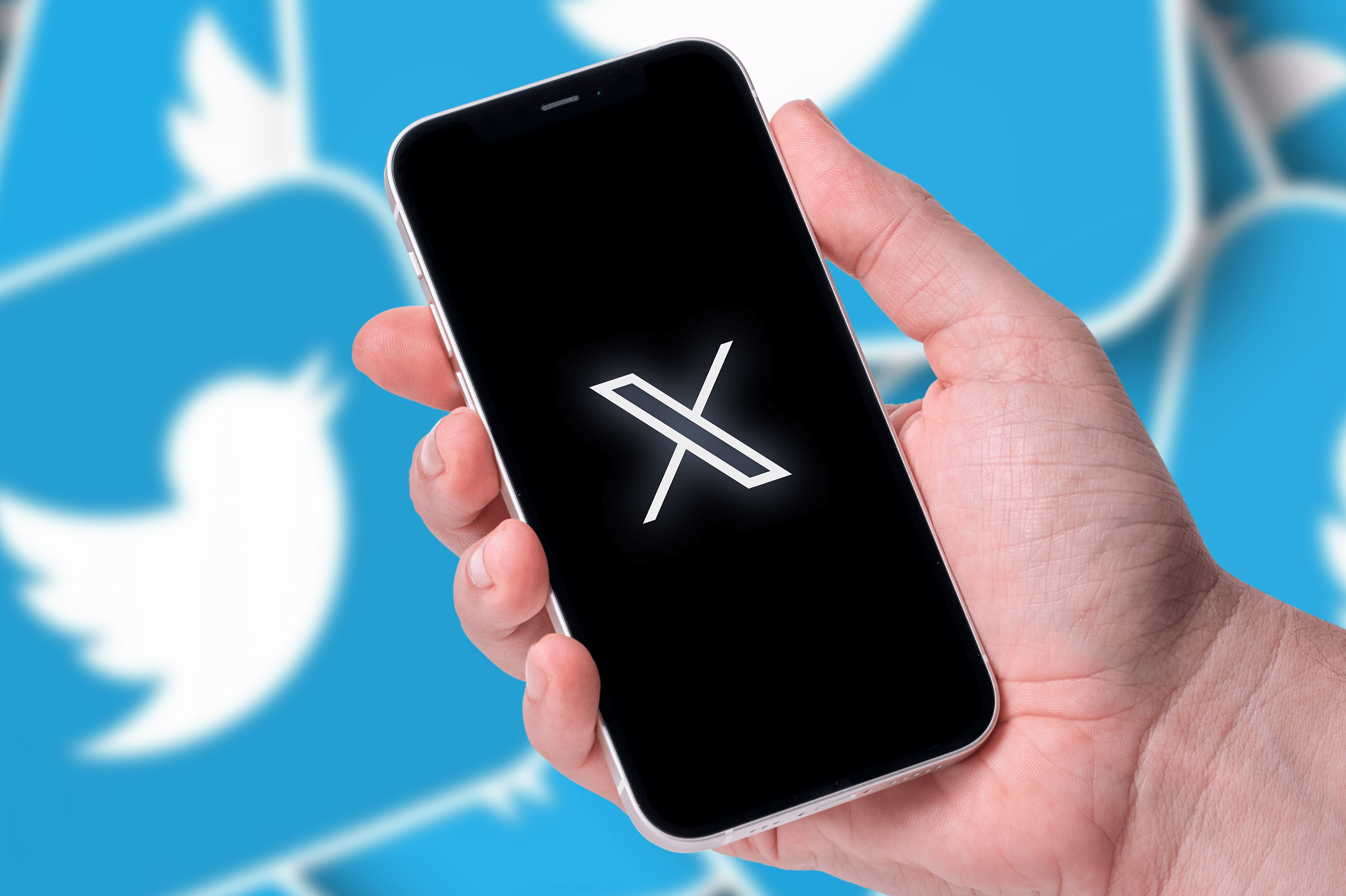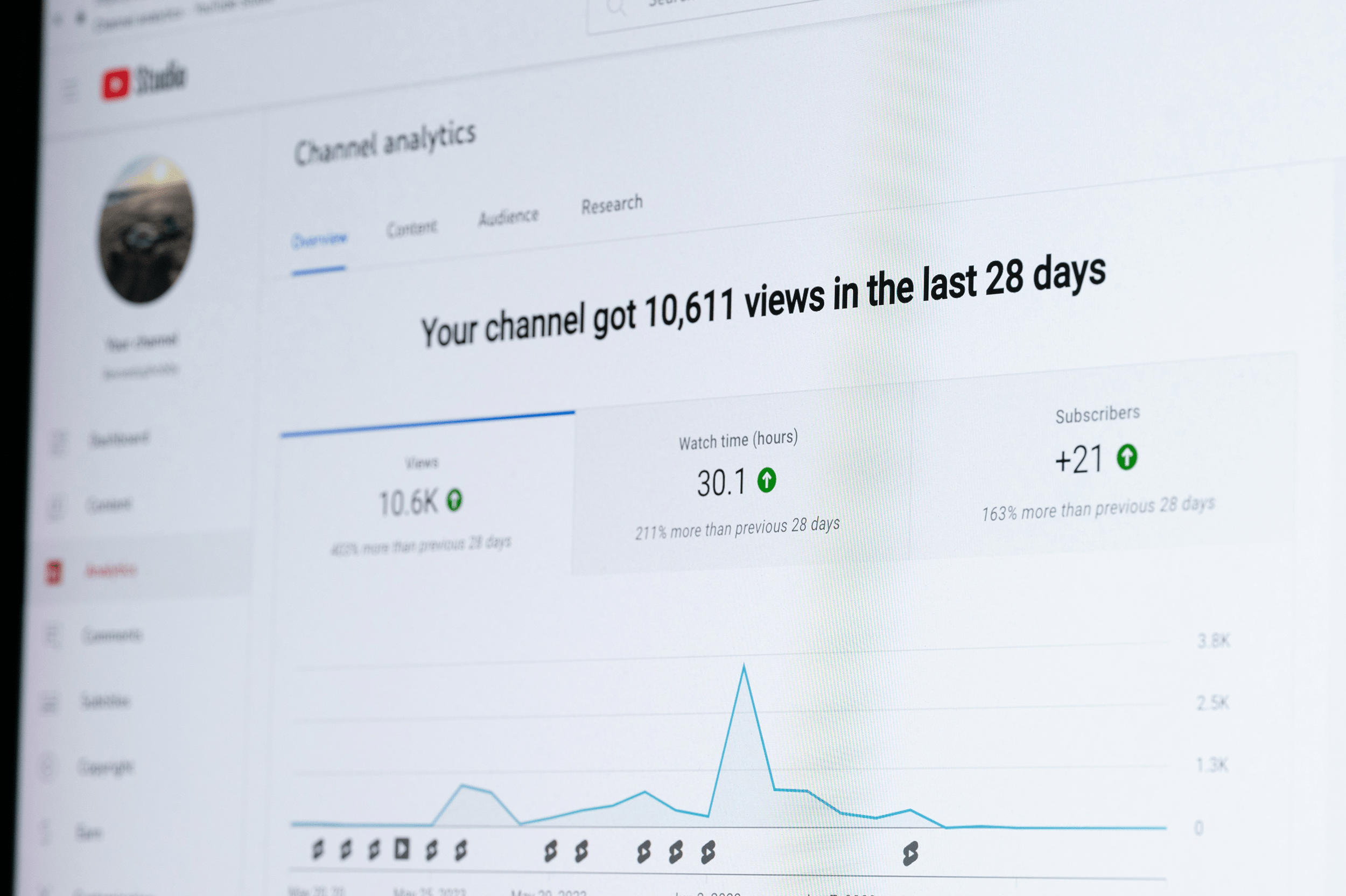It’s not easy to come up with the perfect Facebook copy on your first try—or your second or third try. That’s why Upworthy’s writers brainstorm and conduct A/B testing on whopping 25 headlines before choosing just the right one. Still, even if you churn out dozens of variations, it’s tough to truly predict how your audience will respond to your content.
The only way to really know what your readers like is to, well…ask them.
That’s where A/B testing come into play. By providing your audience with two different types of posts, you can easily see which received the most engagement and reach. From there, simply cut the one that underperformed and keep the one that worked better.
The technique may be simple in theory, but how to conduct A/B testing can be tricky to execute, especially when you have several different variations to test. To help make this process as smooth as possible, let’s look at the top five tips for A/B testing your Facebook posts.
1. Make small changes to your Facebook post headline, image, and copy
You might want to test a few aspects of your post, such as your headline, description, caption, and image. The key here is to focus on one variable at a time and avoid the temptation to cram all of your options into one test.
For example, say you want to test two different headlines. Posts A and B should have the same description, caption, and image; they should only differ by the headline. If they differ in other ways, you won’t really know which aspect of the post people were responding to.

Once you know which variation worked better, you can use it to craft better copy going forward. Meaning, your A/B tests won’t just help you make the most of one post, but of future posts as well.
2. Don’t blow your budget
If anyone says you need to spend hundreds of dollars for your social media testing strategy…run. Or at least, don’t listen to them. It’s easy to create effective Facebook Ads on a budget, and you should be able to spend efficiently on A/B testing your Facebook post.
With the ShareThis Social A/B tool, you can run tests on your Facebook Page for free. Even if you choose to create a Promoted Post-test (which is boosted to reach more people), each variation is capped at $10.
3. Start with broad targeting
A sample of men aged 35-40 who live within five miles of your business probably won’t provide a good indication of how your posts are performing—unless, of course, that’s your only demographic. If you really want to know what readers think of your posts, start by casting a wide net and gauging the reaction.
For example, our Social A/B tool targets your posts to Lookalike Audiences. These are people who are similar to your current customers, website visitors, or Page fans. With this option, you won’t just see how your Facebook followers react to your content, but you’ll also get a glimpse of what potential customers want from your Facebook posts.
4. Find your frequency of A/B testing Facebook posts
You’ll want to run A/B tests during your normal publishing times, so you can accurately gauge user interest. But you also don’t want to overwhelm readers with too much content. Say you usually publish every hour or so, like many of Facebook’s top publishers. If your audience is used to that frequency, you might not want to start firing off fifty A/B tests a day. Launching three or four won’t hurt, though.
After all, there is no “perfect number” for Facebook posting frequency. Even if you increase your posting cadence to run A/B tests, it will pay off in the end—not just for you, but also for your audience. As you learn more about what they enjoy, you’ll be able to deliver content that is customized to their interests, and they’ll start to see more posts that appeal to them.
5. Rinse and repeat
An A/B tester’s work is never done. After all, audience preferences change over time, and you’ll want to keep your content fresh and engaging. Even if you land a great format for your Facebook posts, you might want to stretch your creative muscles and try something new.
Still, this process will get easier the more you do it, and it might even become a cornerstone of your social media marketing strategy. With A/B testing, you can throw out new ideas, quickly see what’s working, and focus your energy on delivering more of what your audience wants.
Welcome to the Facebook Marketing Strategy series in which we share the best practices for how to use Facebook for business! This is part 3 of the series. In this post, we’ll look at the top five tips for A/B testing Facebook posts.
- Part 1: How to craft effective Facebook intro copy
- Part 2: The secret to designing click-worthy Facebook Ads
- Part 4: How to craft killer Facebook headlines that leave readers wanting more
- Part 5: How to pick the right image for your Facebook post
- Part 6: 5 ways to increase your Facebook engagement
- Part 7: 4 ways to use Facebook’s algorithm to your advantage
- Part 8: 7 next-level Facebook marketing tactics to increase your readership
- Part 9: 6 Copywriting Tips to Drive More Facebook Shares
- Part 10: The best ad types for B2B Facebook Advertising
- Part 11: How to promote your business on Facebook with Messenger Ads
- Part 12: The winners and losers of Facebook’s News Feed changes in 2018
Want more shares and clicks?
Given that the new Facebook algorithm favors content from friends and family over content from publishers or businesses, you need to work harder to get your content seen on the platform. You can check out our series of Facebook resources on improving engagement, including our post on how to pin a Facebook post. Or, empower your readers to share your content by planting the Facebook share button on your blog posts and pages today!




